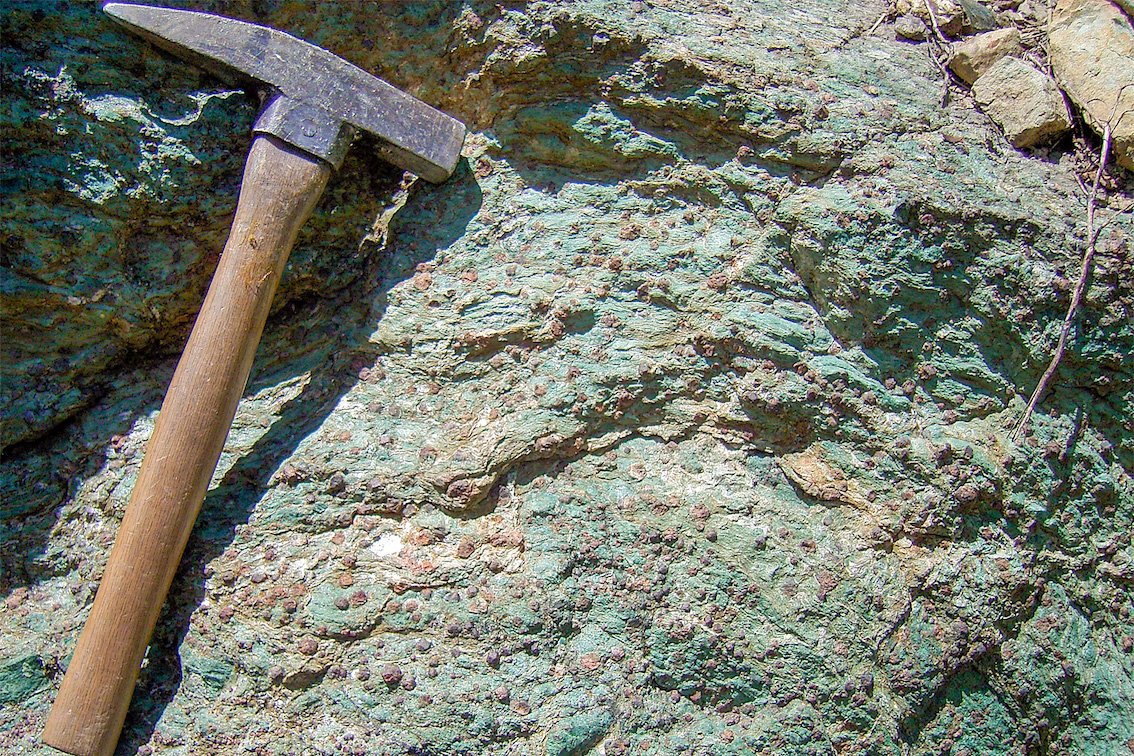An international research team has discovered that a subduction zone’s age affects the ability for it to recycle water between the Earth’s surface and its inner layers.
Details of their findings were reported in the journal Geology on July 1, 2023.
When two tectonic plates collide and one subducts beneath the other, various rocks get subjected to changes in pressure, temperatures and chemical environments and undergo metamorphosis. This process is important for recycling water and critical elements, such as strontium, uranium, thorium, and lead, between the Earth’s surface and its deep interior.
One such rock that forms at high pressure is lawsonite eclogites. Lawsonite eclogites, play a crucial role in storing water in subducting plates since they contain the mineral lawsonite, which can carry large quantities of H2O to the deeper mantle.
Scientists have traditionally thought that oceanic crust turns into lawsonite eclogites in cold subduction zones. This is based on models and experiments that point to lawsonite being a common mineral in cold geothermal regimes. Yet, the opposite is the case. Lawsonite is not commonly found in fossilized subduction zones on the Earth’s surface, providing further questions regarding our current understanding of how water is stored in subductions zones.
To investigate this puzzle, a team lead by Dr. David Hernández Uribe and Professor Tatsuki Tsujimori from the Department of Earth and Environmental Sciences at the University of Illinois Chicago and the Center for Northeast Asian Studies at Tohoku University, respectively, used state-of-the-art modeling techniques to simulate rock formation at different lifetime stages of a subduction zone.
Petrological modeling and phase equilibrium calculations performed by the group revealed that, in a subduction zone’s early stages (
“We found that the formation of lawsonite eclogites depends on how mature the subduction zone is,” says Tsujimori. “Lawsonite is important for recycling water deep beneath the Earth’s surface only in mature subduction zones. In younger zones, it doesn’t play as big of a role as previously thought.”
The finding will aid scientists in the understanding of water and mass recycling in tectonic settings. Tectonic plates subducting early in its subduction zone history will not carry as much H2O as plates subducting in mature stages of the subduction zone’s lifetime.

- Publication Details:
Title: Progressive lawsonite eclogitization of the oceanic crust: Implications for deep mass transfer in subduction zones
Authors: David Hernández-Uribe, Tatsuki Tsujimori
Journal: Geology
DOI: 10.1130/G51052.1








